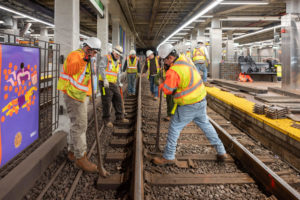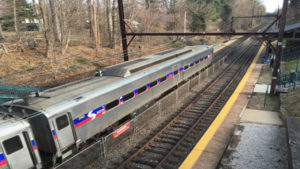New technology revolutionizes elevator and escalator maintenance
Written by Katie Metzger, Sound Transit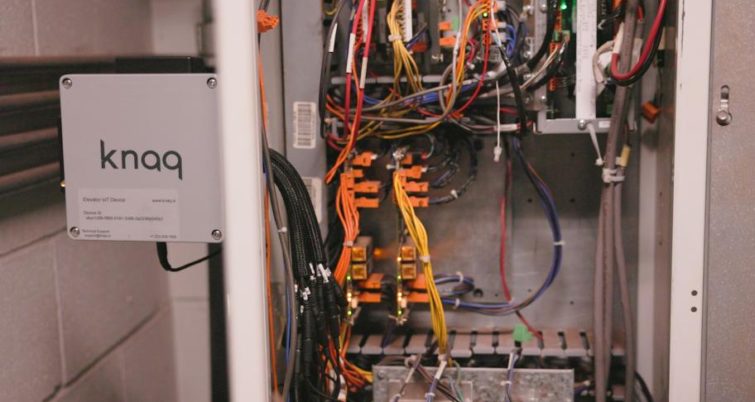
SEATTLE –Transit stations are bustling hubs of activity, with thousands of passengers relying on elevators and escalators for efficient and seamless movement.
Outages and equipment malfunctions are not only an inconvenience, but a real challenge – and one that Sound Transit teams have been working hard to fix.
We’re making investments to support that goal, starting with $8.7 million to replace critical components and safety upgrades in the downtown Seattle stations. This work began in 2021 and is scheduled to be completed by the end of this year.
Another investment is in new technology that allows us to collect data on outages and overall equipment performance.
Here are some of the benefits:
Real-time monitoring
By installing sensors on elevators and escalators, we can collect real-time data that lets us know within minutes when a unit becomes inoperable.
Twenty sensors were installed as part of a pilot last fall, including on the elevators at Beacon Hill Station.
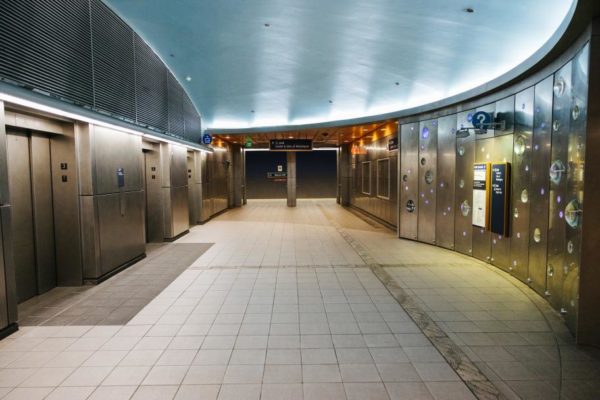
Making sure the elevators are operating at Beacon Hill Station is very important, which is why it was part of this pilot program to test new technology.
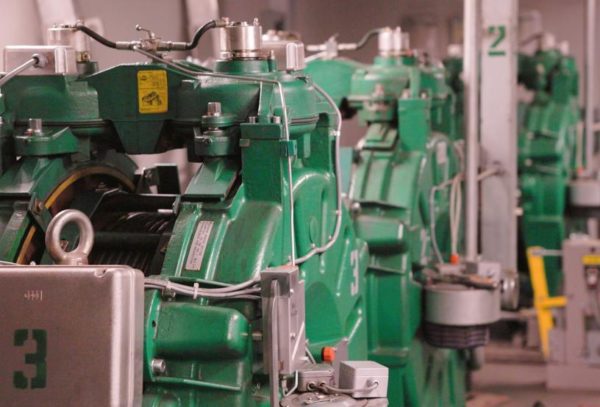
Behind the scenes: inside the Beacon Hill elevator control room.
Instead of waiting to be notified of an outage by someone on site, this new technology sends an email alert right away, speeding up response times and revolutionizing our maintenance practices.
We just completed installations of the monitoring equipment at SeaTac/Airport Station. Our next installations will be at Westlake, Northgate and University of Washington Stations.
We are currently on track to have all 198 units installed with boxes by the end of 2023.
And we’re working on changing our specifications to have these units added during initial construction for future expansions.
Predictive maintenance
“In addition to the basic information of ‘is it running or not,’ we’re gathering detailed traffic analysis information of how often and when our elevators are being used by passengers,” said John Carini, our deputy director of vertical conveyances.
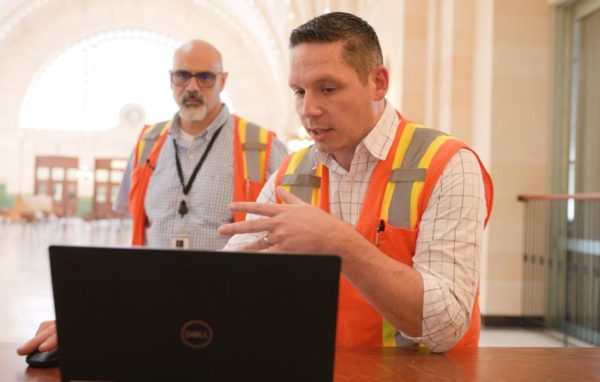
John Carini and Carlos Trujillo of the Sound Transit vertical conveyance team.
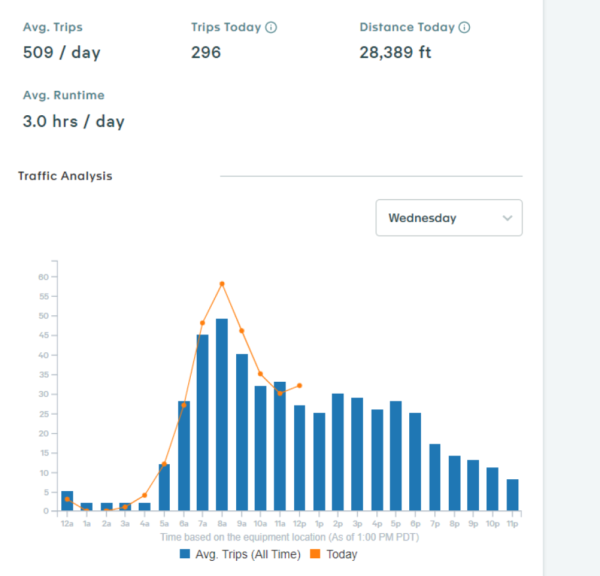
A screenshot of some data from Beacon Hill Elevator #3.
Over time, this information will help us better inform our overall maintenance program as well as look at conducting maintenance at the least impactful time to minimize passenger impact.
Data-driven decision making
By leveraging the data collected by the new equipment, we can gain valuable insights into the performance of elevators and escalators.
Analyzing trends over time will help us optimize maintenance schedules and resource allocation.
Data on passenger flow patterns can help determine peak usage periods, allowing for more strategic planning of maintenance activities to minimize disruptions during high-demand periods.
Enhanced communication and passenger experience
Our goal is to have better communication with our maintenance teams, and passengers, ensuring timely updates and minimizing confusion during outages or equipment maintenance.
Passengers can receive notifications regarding elevator or escalator outages through our website, and now through trip planning applications.


